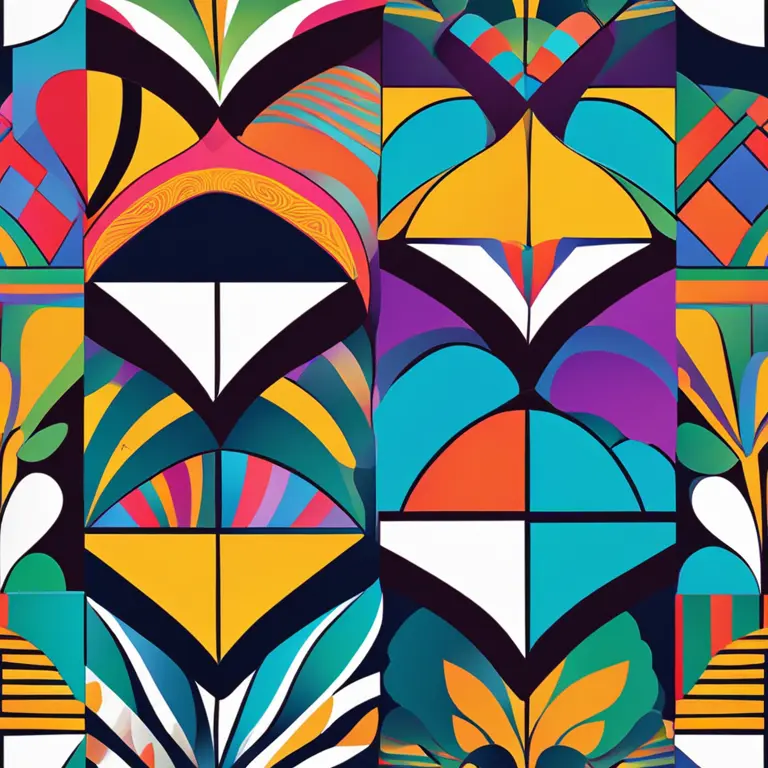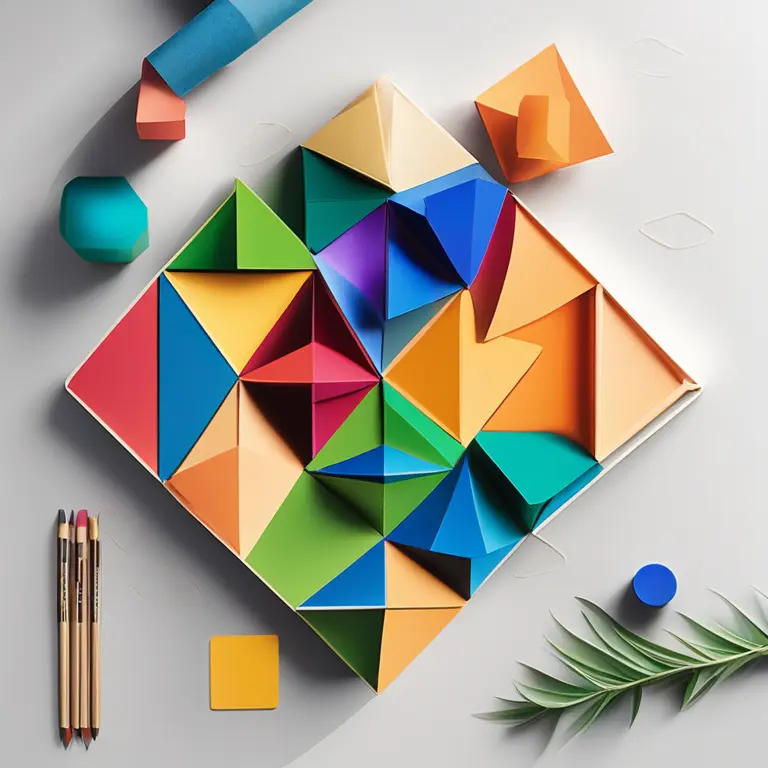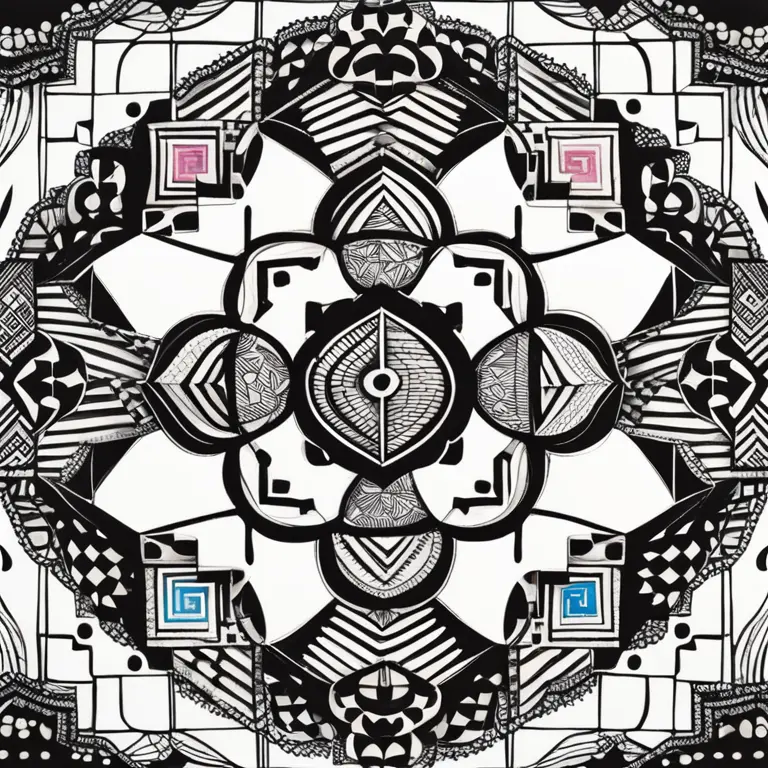
Mindful Sketching: Techniques for Tranquility
Discover meditative drawing techniques to foster tranquility and enhance your creative process. Engage in mindful sketching to find inner peace.
article by Hina Kurosawa
Introduction to Meditative Drawing
Meditative drawing is a form of artistic meditation that allows individuals to focus on the present moment while creating visual art. Unlike traditional meditation that involves sitting still and quieting the mind, meditative drawing encourages mindfulness through the act of drawing. This practice not only cultivates creativity but also serves as a therapeutic tool, helping to reduce stress and improve concentration. The beauty of this technique lies in its simplicity and accessibility, inviting artists and non-artists alike to explore their inner world through the strokes of a pencil or brush.

The Foundation of Sketching Mindfully
At its core, meditative drawing is about the process rather than the final product. To begin, find a quiet and comfortable spot, gather your drawing materials, and take a few deep breaths to center yourself. Choose a point of focus for your drawing, which could be a word, an image, or even an emotion. Let your hand move freely across the page, not worrying about the accuracy of the drawing but rather enjoying the sensation and rhythm of drawing. This practice is about letting go of judgement and immersing yourself in the act of creation.

Patterns and Repetition
One popular method of meditative drawing involves creating patterns or repetitive motifs. Zentangle, for instance, is a well-known drawing method that emphasizes pattern play. It encourages individuals to draw structured patterns called 'tangles' within a confined space, promoting focus and creativity. The repetitive nature of drawing these patterns can be incredibly calming and meditative. The key is to allow your intuition to guide you and to concentrate on the repetitive motion, which can have a calming, almost hypnotic effect.

Embracing Imperfection
Meditative drawing is an excellent way to embrace imperfection and enjoy the freedom of expression. It challenges the prevalent notion that art must be perfect to be appreciated. Instead, it celebrates the quirks and unique traits that emerge when we allow ourselves to draw without constraint or expectation. This approach can be incredibly liberating, particularly for those who find themselves crippled by perfectionism in their creative endeavors. The journey of your pencil on paper is a record of your mindfulness in that moment, not a contest of skill.

Color and Emotion
Color holds power to evoke different emotions and can be incorporated into meditative drawing to enhance the experience. Select colors intuitively as you draw, and think about how they reflect your feelings or the tone of your meditation focus. Warm colors may bring about energy and excitement, while cool colors can be calming and soothing. Pay attention to how the colors interact on the page and how they contribute to the overall mood of your artwork. Let the choice of hue be guided by your current state of mind.
Integration with Other Practices
Meditative drawing can also be integrated with other spiritual practices. For instance, astrologists could sketch symbols or constellations that are significant on a particular day, while those interested in palmistry could draw the lines of the hand, contemplating their meanings. Incorporating personal interests and beliefs into meditative drawing makes the practice more personal and profound. It becomes not just an exercise in mindfulness, but a way to connect more deeply with your passions and spiritual inclinations.
Published: 2/12/2024
Modified: 2/12/2024
More predictions
Come back here soon to learn more about yourself and your future


Diverse Meditation Techniques for Modern Practitioners
Discover a range of meditation methods suited for contemporary lifestyles, offering pathways to inner peace and clarity.


Meditate Away Anxiety: Simple Techniques for Calm
Discover practical meditation techniques designed to ease anxiety and cultivate serenity in everyday life.


Variety of Meditation Practices for Inner Peace
Discover a curated list of meditation techniques to cultivate mindfulness and tranquility in your daily life.